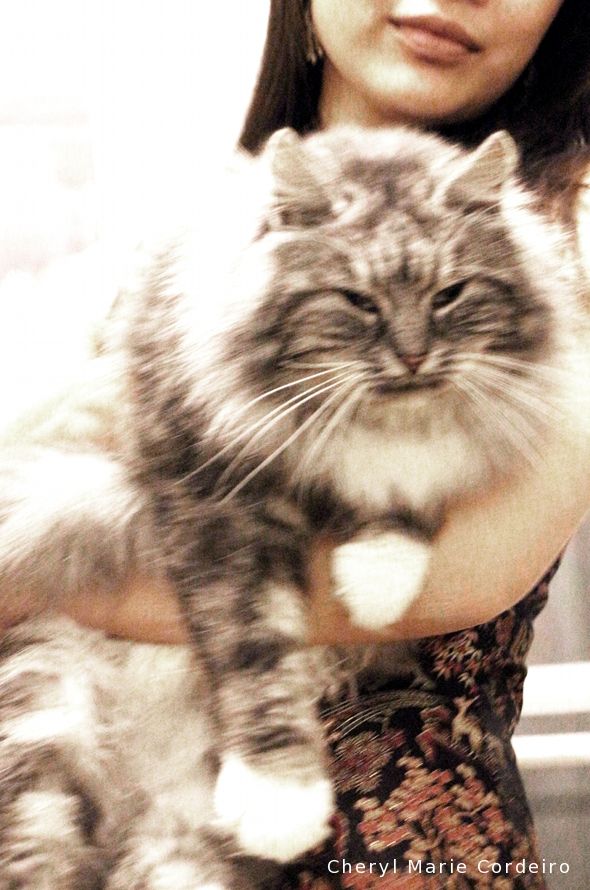
After Shanghai.
Text & Photo © JE Nilsson, CM Cordeiro 2014
It was in November 2013 when we paid a study visit to Shanghai, China. But it was only on the eve of the Lunar New Year 2014 that all colleagues had a chance to gather in an early spring kick-off session to share and compare some reflections, insights and lessons learnt from that visit.
The afternoon was spent in a lecture hall, numbering altogether about thirty persons, somewhat amused that this might be the first time ever that we met as a group. Located in the same administrative building, at most a few floors apart from each other and some even sharing the same corridor, it took a joint visit to Shanghai in order for us all to get together face to face.

As a point in case, it was interesting to note that this group in itself demonstrated the workings of a self-organizing system, forming project-based teams of which this almost non-elected leader would smoothly arrange the important meetings, and the events would seamlessly evolve into optimal activities.
While it could be argued that the workings of an academic specialist group cannot be all too comparable to how private corporations are managed, still this method of self-organization differed from the vertical hierarchy system often prevalent in Asia.
This difference in how we organized ourselves had some concrete repercussions when meeting with other research teams in China on several counts, some of which were based on formalities such as rank and hierarchy – who would the Chinese look at as ’leader’ of the Swedish team? What practical resources and expertise could we provide if we were to begin collaborative work? And lastly, what immediate ideas and data could we share, and if so, when – preferably in the next month – could we begin?
The responsive views on the Chinese side were positive, though it brought home another poignant difference, that what is often called the ’Swedish management style’ works with a long process of contemplation and maturing of ideas until some consensus is reached. Of the Chinese, it could be said that they would work towards a longterm relationship building and then be ready to act in a different style of (academic) management.

Schrödinger’s Cat.
One of the lasting impressions from the day’s reflections was the way in which we could observe our various individual-in-group behaviour and our preferred management styles in practice, while discussing a variety of issues of mutual interest.